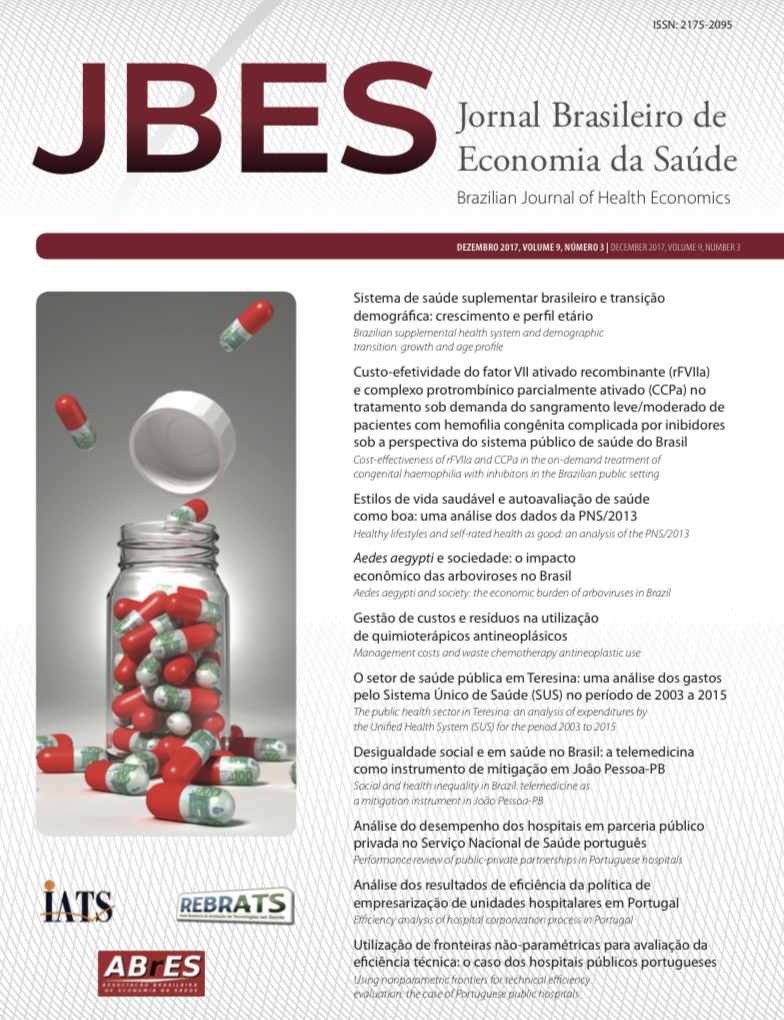Management costs and waste chemotherapy antineoplastic use
DOI:
https://doi.org/10.21115/JBES.v9.n3.p277-81Keywords:
chemotherapeutic waste, cost of waste, antineoplasticAbstract
Objectives: Measure the volume and the corresponding cost of waste anticancer drugs and discuss waste management in order to optimize utilization and reduce costs. Methods: A prospective cross-sectional study. The volumes of waste from a group of anticancer medicines and the costs of this waste were calculated in the months of May and June 2015, with physicochemical stability equal to or less than 24 hours. Results: Two months were discarded 46,646.43 mg of chemothe[1]rapeutic waste. Gemcitabine was responsible for 34% of this waste. The amount for these wastes was R$ 171,708.28 being oxaliplatin responsible for 35% of the total losses. The economy prediction generated from measurements as scheduling reaches 70% and 61% with the use of lower dosages presentations, closer consumer needs. Conclusions: The volume of waste generated is high and has a significant cost to the institution. Waste management measures such as scheduling by disease or medication and the use of more presentations of the same drug are effective strategies in the short and medium term to reduce the volume of waste and costs.






